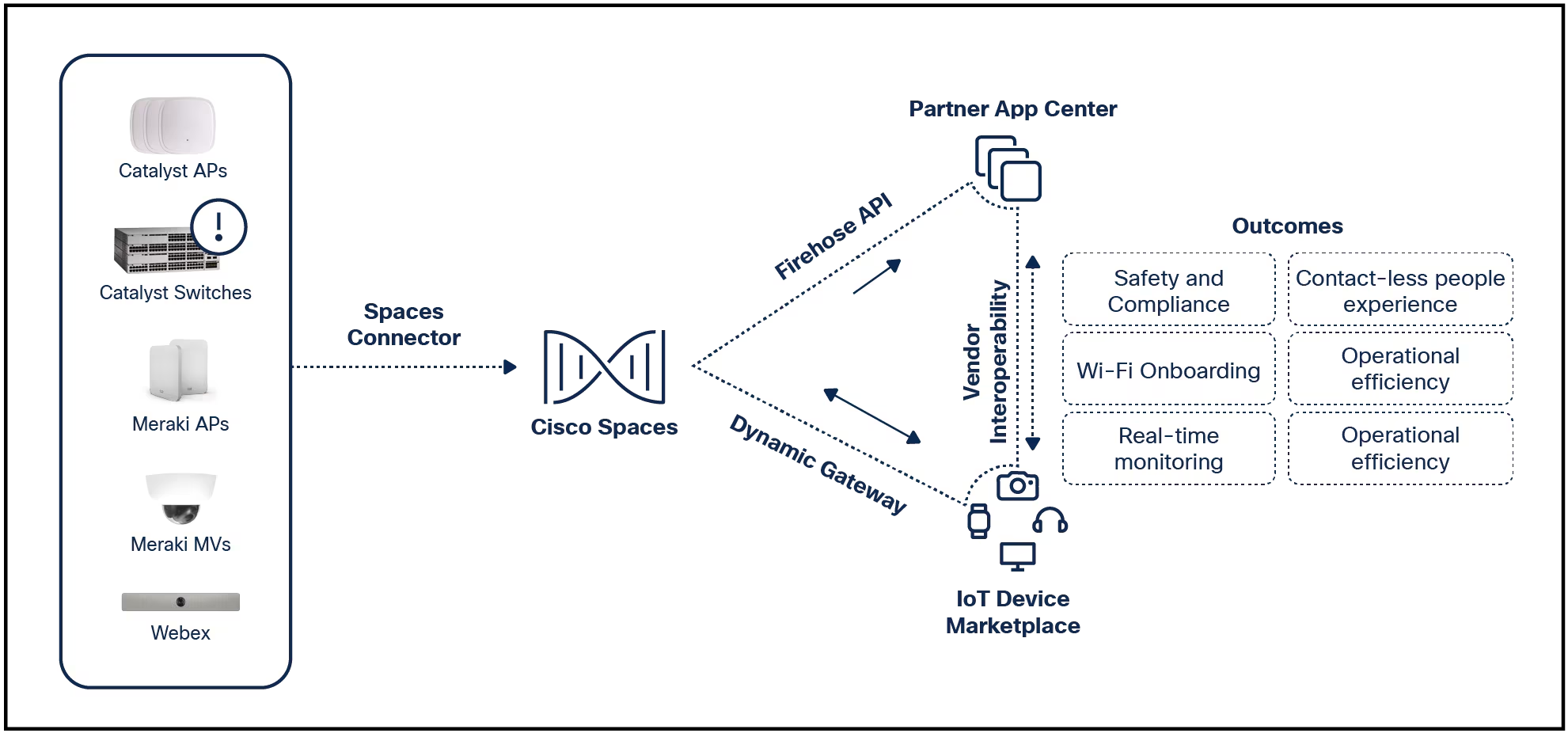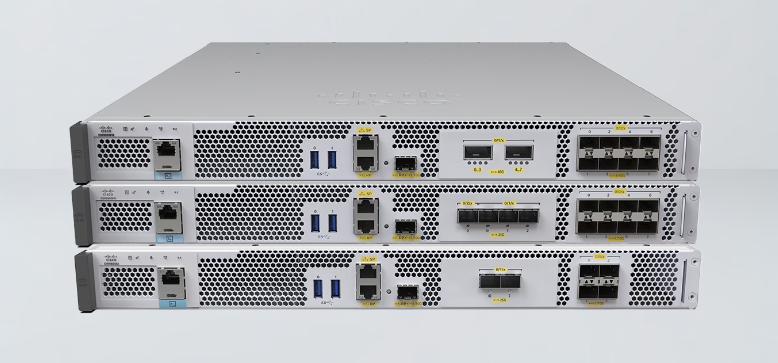































 hudiemm/Getty Images
hudiemm/Getty Images Update: As of October 1, 2024, Microsoft has made it more difficult to bypass these compatibility checks - but there is a workaround. For details, see this article. I've also updated the instructions in this post.
On October 14, 2025, Microsoft will stop delivering security updates to your Windows 10 PC unless you're willing to pay an exorbitant price to join the Extended Security Updates program.
Also: Microsoft to start charging for Windows 10 updates next year. Here's how much
If you try to upgrade to Windows 11 on a PC that's more than a few years old, you'll be told -- in no uncertain terms -- that your old PC doesn't qualify because its CPU isn't on the official list of compatible processors. Microsoft has made it abundantly clear that it will not revise those requirements. You will also hit roadblocks if your PC doesn't have a Trusted Platform Module (TPM) version 2.0.
That might be the official policy, but -- as with everything Windows-related -- it pays to read the fine print.
Those pesky restrictions prevent you from automatically upgrading to Windows 11 using Windows Update or the Windows 11 Installation Assistant. Yet there are fully supported workarounds, as I document in 's Windows 11 FAQ.
Also: Yes, you can upgrade that old PC to Windows 11, even if Microsoft says no. These readers proved it
Of course, everything in this article requires that you be signed in as an administrator on the PC you want to upgrade.
Please don't skip over this section. To take advantage of the workaround described in option 1 below, your computer must meet all the other requirements for Windows 11.
To check these details on a PC you're considering upgrading, run the System Information utility, Msinfo32.exe, and look at the System Summary page. Pay special attention to the BIOS Mode value. If it says "Legacy," you'll need to reconfigure your system to UEFI mode (and convert your system disk from MBR to GPT partitioning) before you can install Windows 11 as a normal upgrade.
To see whether your PC has a TPM enabled, run the Trusted Platform Module Management tool, Tpm.msc. If your computer includes a TPM and it's turned on, this app will display information about it. If there's no TPM, or if the TPM is disabled in firmware settings, you'll see a message that says "Compatible TPM cannot be found."
Also: Have a Windows 10 PC that can't be upgraded? You have 5 options before support ends next year
If you're unable (or unwilling) to change from Legacy BIOS to UEFI, or if you have an older PC that doesn't have a TPM option at all, you'll need to use an undocumented hack that allows you to bypass the compatibility checks and complete the upgrade. See option 2 at the end of this post for details on how to use the free Rufus utility to perform this upgrade.
If you plan to perform a clean installation of Windows 11, you can boot from installation media and run Windows Setup. That option skips the CPU compatibility check completely (but still requires a TPM and Secure Boot support). After the installation completes, you'll need to reinstall all your apps, restore your data files, and tweak settings to personalize your system preferences.
Want to avoid all that hassle? Choose the option that's appropriate for your hardware.
This process requires four steps.
You need to make one small change to the Windows registry, as documented in this Microsoft support document. This change tells the Windows 11 Setup program to skip the check for compatible CPUs and to allow installation on a PC with an older TPM (version 1.2). The usual warnings apply when working with the registry; I recommend you make a complete backup before proceeding.
Open Registry Editor (Regedit.exe) and navigate to the following key:
HKEY_LOCAL_MACHINE\SYSTEM\Setup\MoSetup
If the MoSetup key, doesn't exist, you need to create it. Right-click the node for HKEY_LOCAL_MACHINE\SYSTEM\Setup in the left-hand navigation pane, then choose New > Key. Name it MoSetup and press Enter.
Also: Wiping a Windows laptop? Here's the safest way to erase your personal data - for free
Select the MoSetup key and then right-click in any empty space in the pane on the right. Choose the option to create a new DWORD value. (Don't choose the QWORD option!)
Replace the default name for that key by typing the text AllowUpgradesWithUnsupportedTPMOrCPU and then press Enter. Then double-click the new value and change the "Value data" box to 1. The result should look like this:
Use this registry tweak to override the Windows 11 CPU compatibility check. You must have a TPM (any version) and Secure Boot must be enabled.
Screenshot by Ed BottClick OK to save your change, and then restart your PC.
On the PC you want to upgrade, go to the Windows 11 Download page (aka.ms/DownloadWindows11) and choose the option at the bottom of the page, "Download Windows 11 Disk Image (ISO) for x64 devices." Save the ISO file in your Downloads folder.
Note that this is a big file. Depending on the speed of your internet connection, the download could take a while.
After the download completes, open File Explorer and double-click the ISO file you downloaded in the previous step. Doing so mounts the file as a virtual DVD drive in its own folder, with its own drive letter.
In File Explorer, find the Setup.exe file and double-click it to begin the upgrade. You'll see a stern warning about compatibility issues, but you can safely click Accept to move past it. (For details on what that warning message really means, see"Is Microsoft really going to cut off security updates for your 'unsupported' Windows 11 PC?") After you click OK on that dialog box, your upgrade should proceed without any serious issues.
Also: The best Windows laptop you can buy
You'll have three options: You can keep your apps, settings, and files (Full Upgrade); keep your data files but start fresh with apps and settings (Keep Data Only); or start completely fresh (Clean Install).
On older PCs without a TPM and on PCs that don't support Secure Boot, you'll need to use an undocumented hack to bypass the compatibility checker. You can do this manually by replacing the Appraiserres.dll file (in the Sources subfolder on the Windows 11 installer drive) with a zero-byte version. But it's simpler to use the free, open-source Rufus utility to make a USB drive that includes this file.
Important note: In early October 2024, Microsoft made some changes to its compatibility checking tools. As a result, there is an additional important step you need to take before running Setup. That step involves running five commands at an elevated Command Prompt. See below for full instructions.
Also: Why Windows 11 requires a TPM - and how to get around that
To get started, you'll need to download the Windows 11 ISO and supply a USB flash drive of at least 16 GB in size. You will reformat this drive as part of the process, so back up any data on that drive first.
Be sure to choose the top checkbox here to bypass the compatibility check for the Windows 11 upgrade.
Screenshot by Ed BottAfter Rufus successfully creates your installer, open that USB drive in File Explorer, but don't double-click Setup yet. Instead, open a Command Prompt window with Administrator permissions. Type "cmd" in the search box, select Command Prompt, and then click "Run as administrator."
Open an elevated Command Prompt window to run the series of five commands that make it possible to bypass the new compatibility checks.
screenshot by Ed BottFrom that Command Prompt window, run the following five commands, confirming that each executes successfully.
reg.exe delete "HKLM\SOFTWARE\Microsoft\Windows NT\CurrentVersion\AppCompatFlags\CompatMarkers" /f 2>NUL
reg.exe delete "HKLM\SOFTWARE\Microsoft\Windows NT\CurrentVersion\AppCompatFlags\Shared" /f 2>NUL
reg.exe delete "HKLM\SOFTWARE\Microsoft\Windows NT\CurrentVersion\AppCompatFlags\TargetVersionUpgradeExperienceIndicators" /f 2>NUL
reg.exe add "HKLM\SOFTWARE\Microsoft\Windows NT\CurrentVersion\AppCompatFlags\HwReqChk" /f /v HwReqChkVars /t REG_MULTI_SZ /s , /d "SQ_SecureBootCapable=TRUE,SQ_SecureBootEnabled=TRUE,SQ_TpmVersion=2,SQ_RamMB=8192,"
reg.exe add "HKLM\SYSTEM\Setup\MoSetup" /f /v AllowUpgradesWithUnsupportedTPMOrCPU /t REG_DWORD /d 1
You can copy those commands directly from this GitHub issue thread if you prefer.
After that step is complete, return to the File Explorer window with the contents of the USB drive you created earlier and double-click Setup.
Also: Microsoft cracks down on Windows 11 upgrades for 'incompatible' PCs, but there's a fix - for now
My colleague Lance Whitney has more details on the other options available with Rufus in "How to install Windows 11 the way you want (and sneak by Microsoft's restrictions)."
If you've tried this upgrade, I want to hear about your experience. If it worked, please share the details. If you run into snags, send me an email so we can figure out what's going wrong. Be sure to include details -- the make and model of your PC and screenshots of any error messages. I've set up a special inbox just for this feedback: Win11Upgrade [at] realworldwindows.com.
This article was originally published on April 9, 2022, but has been updated multiple times since then. It was last updated on October 4, 2024.
 Hot Tags :
Tech
Services & Software
Operating Systems
Hot Tags :
Tech
Services & Software
Operating Systems